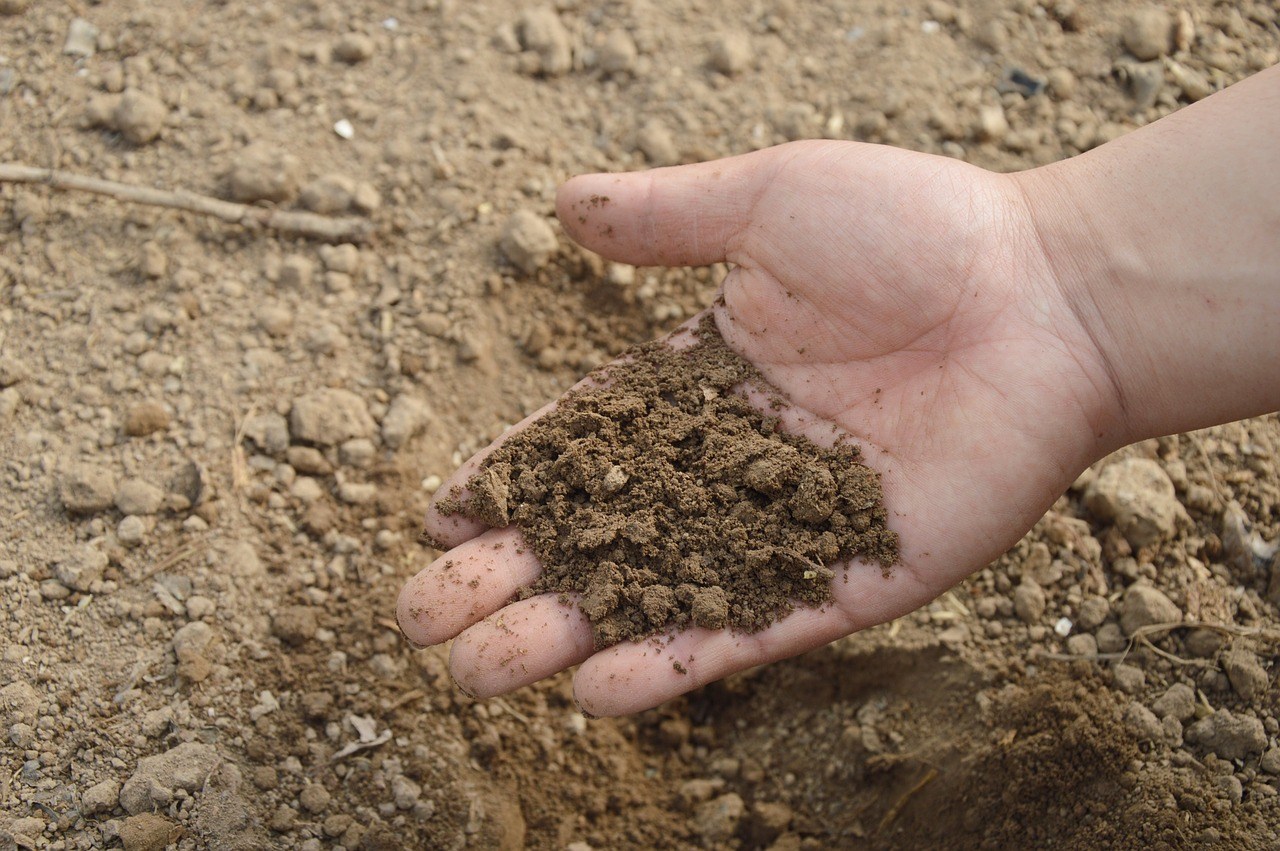It’s important to know what type of soil you have before buying plants. The bulk of soil is made up of a mixture of organic matter, rock and mineral particles. However, it’s the air, water and nutrients in the ground that the growing plant really relies on. These are taken up by the roots and then used by the plant to form flowers and leaves. The relative proportions of all these, along with pH, determine soil type.
pH testing
The pH of a soil refers to its acidity or alkalinity and is a vital factor in plant growth. It’s easy to measure and is usually listed numerically on a scale of one to 14. Acid soils have a pH of below seven, neutral is pH7 and alkaline is above seven.
Determining pH and soil type
- The majority of domestic soil testing kits are very simple and rely on color rather than a numerical scale. So you can check the pH of your soil using a simple kit available at garden centers. The solution turns yellow-orange for acid soil, green for neutral and dark green for alkaline.
- Most plants prefer a pH of 6.5 to 7 – the point where nutrients are most easily available.
- Some plants are ericaceous meaning they need acid soil, for example most rhododendrons. Others grow better in an alkaline soil, for example lilacs.
- An easy way of determining which type you have is by picking up some damp soil, examining it and rubbing it between your fingers. Use the descriptions of soil types below to see which one you have in your garden.
The 6 soil types

Loamy soil – often seen as the ultimate garden soil because most plants will grow in it, this is brown and crumbly in texture and similar to that found on well-worked allotments. It’s rarely waterlogged in winter or dry in summer and supports a wide range of plants. Loamy soil is light and easy to dig and is naturally high in nutrients

Chalky soil – typical of south-east England, chalky soil is very shallow, full of clumps of white chalk or flint and is very free-draining. This means it can be bone dry in summer and plants will need far more watering and feeding than on any other soil. Chalky soils are always alkaline, which restricts the number of plants that can grow on them. Planting may also be difficult as spades frequently hit lumps of hard chalk or flint

Clay soil – this is sticky to handle and can be easily rolled into a ball shape. It is naturally high in nutrients so plants that like these conditions should do particularly well. It does pose some problems. In summer, it is often baked dry, with visible surface cracks, making it difficult to get water to plant roots. Yet in winter, it can be constantly wet and waterlogging is common. It is hard to dig at most times of the year

Silty soil – is made up of fine grains, originally deposited by a river. The tiny particles give it a silky feel if rubbed between the fingers. It does not form distinct shapes like clay when wet, but it can be rolled into sausage-like strips. Silty soils can be badly drained but are not prone to waterlogging.

Peaty soil – the fens of eastern England are very peaty and are some of the country’s best farmland. Plants grow happily in it, as long as they can adjust to the relatively acid conditions. Almost black to look at, easy to dig over and spongy to the touch, peaty soil can be soaking in winter and dry during most of the summer.

Sandy soil – feels rough and gritty when handled and will not form distinct shapes like clay. It usually has a sandy brown color and is easy to dig over. Water-logging is rare on such soils as they are very free-draining and, accordingly, watering and feeding of plants is needed on a regular basis. It is quick to warm up in the spring, so sowing and planting can be done earlier in the year than with clay or silty soil.

